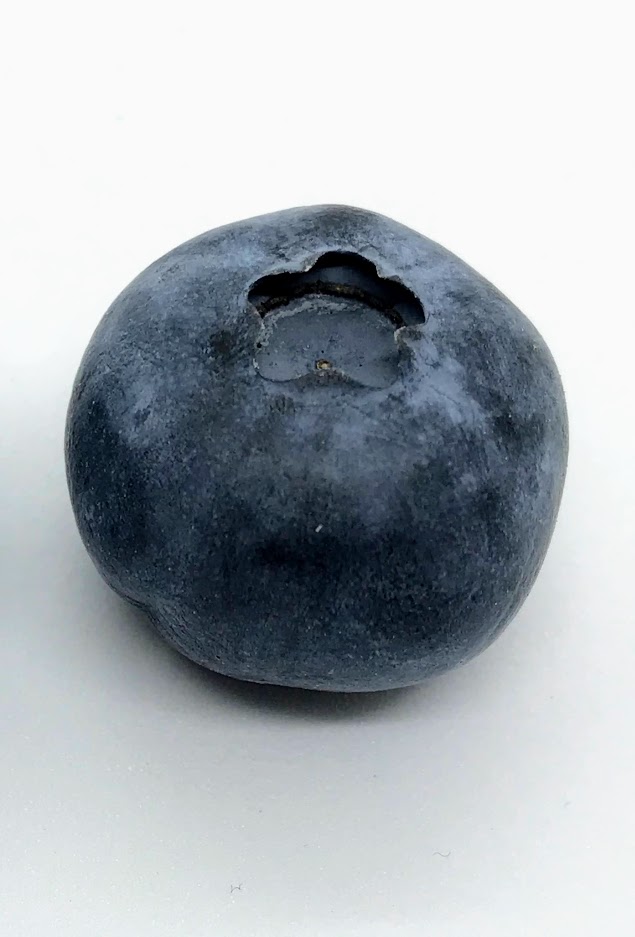In Altopascio, in the heart of Tuscany and close to the nursery district of Pistoia, is located Nuova Pasquini e Bini Spa, a company that has been producing plastic vases for over forty years for nursery, garden and street furniture. This company has grown from a small artisan reality into an industry capable of exporting its products to 75 countries around the world.
With the quality of the materials, resistant and long-lasting, and a particular attention to agronomic and phytosanitary problems, it produces pots able to optimize production processes. Examples of this are the series of anti-spiralisation pots, containers designed for correct and healthy growth and expansion of the root system.
Today, for example, the nursery pot or the tub is predominantly chosen for the production of blueberry plants. This is for a very simple reason: the root system of the blueberry plant is superficial and does not need deep soil. At the same time, however, it requires great attention to the quality and composition of the soil, which must be acidic and pH-controlled.

By growing blueberry in pots, problems of absorption and organic deficiencies are avoided and soil structure is no longer an issue, allowing productive plantings to be made anywhere. The blueberry has a high water need and it is important that the soil always has a certain degree of humidity, avoiding stagnation.
The anti-spiralisation jars, already tested extensively and with great success in the world of hemp, guarantee a perfect ventilation system to the root system and an always optimal water dosage. They can also be decisive in all those cases where the environment does not allow a good success of traditional cultivation (rocky, sandy, arid soils) or where drought and water scarcity is such as to make it difficult or even impossible. In comparison with soil cultivation, contact with soil pathogens and basal rot is completely eliminated. The root system of the plant is protected by the substrate, thanks to which more controlled productions are obtained, both in terms of nutritional and health status.

Plants grown on land use a large part of their energy to search for nutrients through their roots, which restricts their development and growth. With container cultivation this fatigue is eliminated: water, rich in nutrients, is supplied directly to the plant, the root system does not need to expand and from the substrate receives the nutrients and mineral salts it needs.
This method allows a lower use of water, about one tenth of the consumption required by the soil crop.
The environmental impact is an aspect not to be underestimated: in addition to water saving there is a targeted use of fertilizers without dispersion in the soil, often the total absence of herbicides and a very reduced use of pesticides, the latter causing harmful effects on crops.









